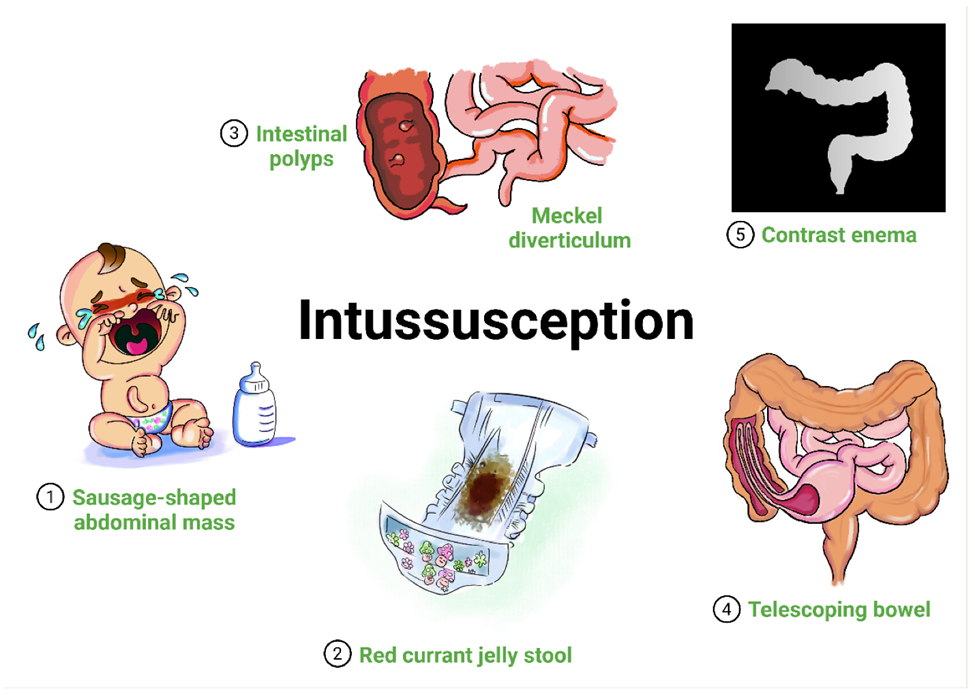The nurse has provided discharge instructions to the parents of a 2-year-old child who underwent an orchiopexy to correct cryptorchidism, which statement by the parents indicates a need for further instruction?
"I'll check my child's temperature."
"I'll give medication so that my child will be comfortable."
I’ll check my child's voiding to be sure there's no problem."
"I’Il let my child decide when to return to play activities.
The Correct Answer is C
A. "I'll check my child's temperature."
Explanation: Monitoring the child's temperature is a general indicator of well-being and can help identify signs of infection or other postoperative concerns.
B. "I'll give medication so that my child will be comfortable."
Explanation: Administering prescribed medication for comfort is a suitable practice to manage postoperative pain or discomfort.
C. "I'll check my child's voiding to be sure there's no problem."
Explanation:
After an orchiopexy procedure, checking voiding may not be directly related to the surgical intervention. Orchiopexy is a procedure to correct cryptorchidism, which involves repositioning an undescended testicle into the scrotum. While monitoring for general signs of well-being is important, specifically checking voiding might not be directly relevant to the surgical recovery process.
D. "I'll let my child decide when to return to play activities."
Explanation: Allowing the child to gradually resume play activities based on their comfort and recovery is a reasonable approach, considering individual variations in recovery times.
Nursing Test Bank
Naxlex Comprehensive Predictor Exams
Related Questions
Correct Answer is B
Explanation
A. "All recently used clothing, bedding, and towels must be washed in hot water."
Incorrect: While washing recently used clothing, bedding, and towels in hot water can help in controlling lice, this statement alone doesn't ensure complete eradication of lice or nits.
B. "My child must be free from nits before returning to school."
Correct Answer: This statement shows an understanding that children should be free from nits (lice eggs) before returning to school. Many schools have "no-nit" policies, requiring that children be free from both live lice and nits before re-entry.
C. "Toys that can't be dry cleaned or washed must be thrown out."
Incorrect: It's not necessary to throw out toys that cannot be cleaned. Lice cannot survive off the scalp for more than a day or two. Items that cannot be washed can be sealed in a plastic bag for two weeks to ensure any potential lice or nits die off.
D. "We will treat all the family members to be on the safe side."
Incorrect: Treating all family members is a common but not strictly necessary practice unless others show symptoms or evidence of head lice. It's recommended to focus treatment on those with live lice or nits.
Correct Answer is C
Explanation
A. Ribbon-like stools
Explanation: Ribbon-like or pencil-thin stools are associated with conditions affecting the rectum, such as colorectal cancer, but they are not a typical sign of intussusception.
B. Profuse projectile vomiting
Explanation: Profuse projectile vomiting is not a typical sign of intussusception. Vomiting may occur, but it is not the primary characteristic feature.
C. Bright red blood and mucus in the stools
Explanation:
Intussusception is a condition in which one part of the intestine slides into another, causing a blockage. One of the classic signs of intussusception is the presence of "currant jelly" stools, which are characterized by a mixture of bright red blood and mucus in the stools. This occurs due to the compression of the blood vessels in the intestine, leading to bleeding and mucosal discharge.
D. Watery diarrhea
Explanation: Watery diarrhea is not a typical sign of intussusception. The condition is more commonly associated with abdominal pain, vomiting, and the characteristic "currant jelly" stools.

Whether you are a student looking to ace your exams or a practicing nurse seeking to enhance your expertise , our nursing education contents will empower you with the confidence and competence to make a difference in the lives of patients and become a respected leader in the healthcare field.
Visit Naxlex, invest in your future and unlock endless possibilities with our unparalleled nursing education contents today
Report Wrong Answer on the Current Question
Do you disagree with the answer? If yes, what is your expected answer? Explain.
Kindly be descriptive with the issue you are facing.
